The change of the Development of Seattle Fine Coffee in "espresso Town"
Seattle has a lot of freelancers, and I'm one of them. This means that I spend a lot of time looking for a good place to work outside my house, where my only colleague, a fool named Alice, barks crazily whenever she sees a squirrel looking through the window. Thank God there's a coffee shop in Seattle. In fact, the city's per capita income (35 per 100000 residents) is higher than anywhere else in the United States. To be sure, caffeine plays a role here, helping to release our spirits and our energy levels even more frequently in a city where it rains an average of three days a week.
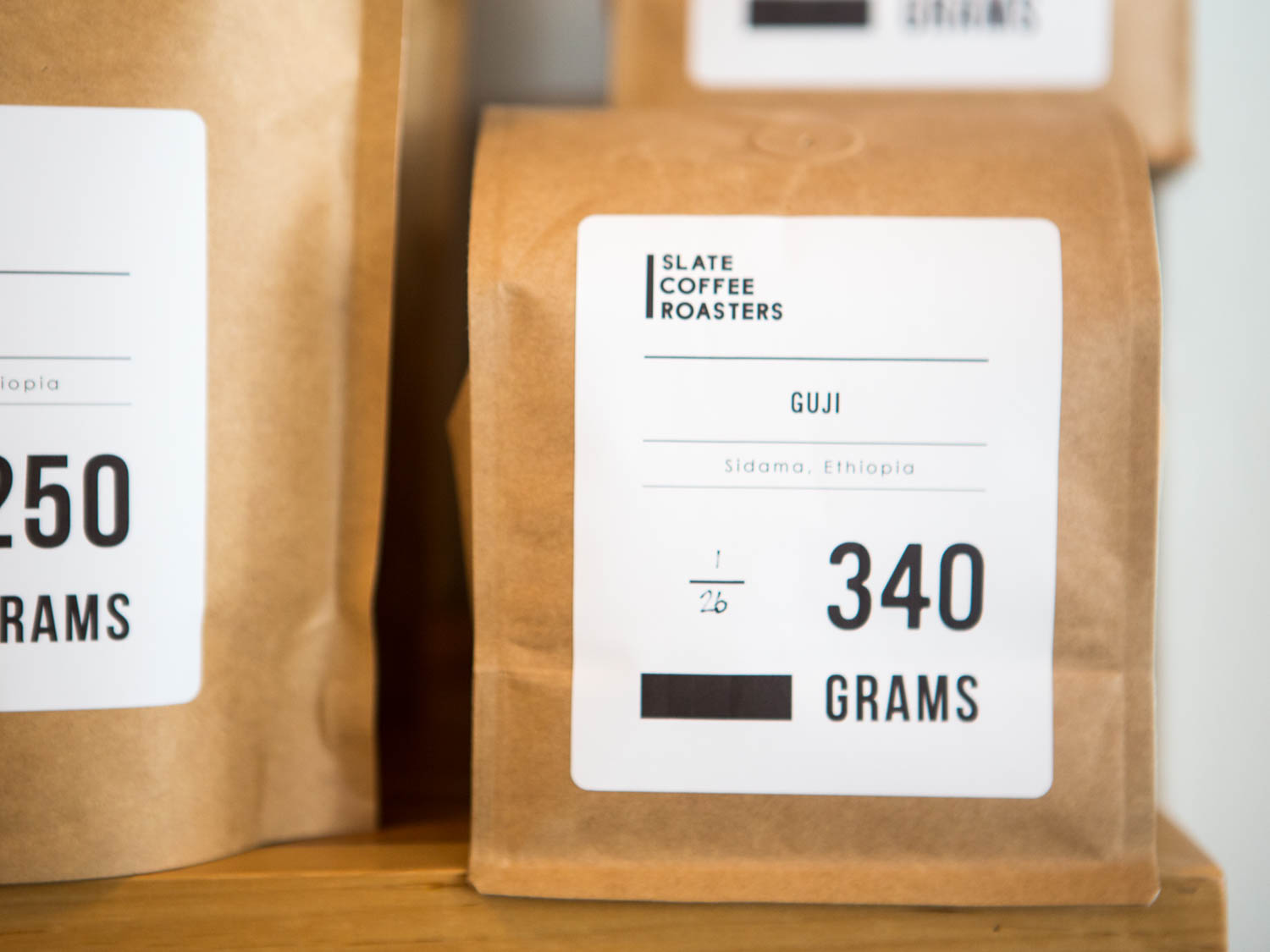
But recently, some changes have taken place in Seattle's coffee. It has long been a town of espresso and the supreme place of a dark chocolate bakery, but this tradition is slowly giving way to the freshness of the various flavors that coffee beans can bring. Of course, Seattle is now called the Coffee City. After all, this is the birthplace of Starbucks, and there are many little-known but local favorite stores, such as Espresso Vivace,Victrola Coffee Roasters,Caffe Vita and Lighthouse Roasters. The first European-style cafes in Seattle began to provide hip entertainment for college students in the late 1950s and early 1960s. Coffee has been the dominant style here since the early 1980s. The forward-looking Seattle called Kent Bakke began to import and sell La Marzocco espresso machines from Italy. A young company called Starbucks bought one, and at the urging of CEO Howard Howard Schultz, he was keen on espresso drinks he had tasted in Italy and started selling espresso, cappuccino and lattes. In some ways, although Seattle is considered by many to be the birthplace of great American coffee, the same is true, as companies like Starbucks have introduced calibrations over the years to attract the widest possible market-beverages, more about milk and added seasonings such as chocolate, caramel and pumpkin than the taste of their coffee beans themselves. At the urging of his final CEO, Howard Schultz, he was keen on espresso drinks he had tasted in Italy and began selling espresso, cappuccino and lattes. In some ways, although Seattle is considered by many to be the birthplace of great American coffee, the same is true, as companies like Starbucks have introduced calibrations over the years to attract the widest possible market-beverages, more about milk and added seasonings such as chocolate, caramel and pumpkin than the taste of their coffee beans themselves. At the urging of his final CEO, Howard Schultz, he was keen on espresso drinks he had tasted in Italy and began selling espresso, cappuccino and lattes. In some ways, although Seattle is considered by many to be the birthplace of great American coffee, the same is true, as companies like Starbucks have introduced calibrations over the years to attract the widest possible market-beverages, more about milk and added seasonings such as chocolate, caramel and pumpkin than the taste of their coffee beans themselves.
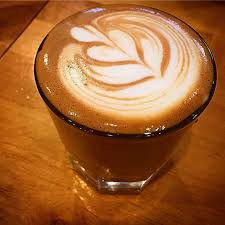
Industry insiders talk about three major waves in the history of American coffee: first, at the beginning of the 20th century, with the help of vacuum packaging and instant products, mass-produced coffee was brought to every family, such as Maxwell Manor Forges. The second, launched by companies such as Peet's Coffee in 1966 and Starbucks in 1971, emphasizes the flavor, freshness and social experience of specialty coffee. The "third wave" is a term coined in the early 21 century that treats coffee as a subtle craft drink, such as wine or beer, paying careful attention to where beans are grown and how they are processed, roasted and brewed-countless factors that affect the flavor of coffee. If you like Intelligentsia,Counter Culture or Stumptown coffee, you've already surfed the third wave. For decades,
First of all, in a place where it is easy to get good coffee, there is not much motivation to change. Seattle doesn't need to move on from the second wave that we helped start. Chelsey Walker-Watson, partner and retail manager of Slate Coffee Bar, told me: "this city has a deep tradition and pride in coffee. Coffee is the common language that Seattle people expect from each other. "people know a lot about coffee," Walker-Watson said. "they know they like coffee. It's part of our personal identity. "people here crave a certain flavor: chocolate, nuts, dirt, smoke, espresso, and we tend to think that this is how coffee should be tasted, rather than imagining each bean as a complex, unique thing."
In many ways, Seattle's coffee is new.
You might say Seattle needs more coffee, just as New York needs more pizza, but somehow there are more bakers and cafes today than ever before-especially small independent businesses like Slate, which focus on single-source coffee and non-espresso brewing methods like pourover, which many consumers claim to be a better way to taste the subtle taste of coffee. Moreover, market saturation is cursed, and in the past few years, the city has quickly accepted a third wave it doesn't know about. In many ways, Seattle's coffee is new.
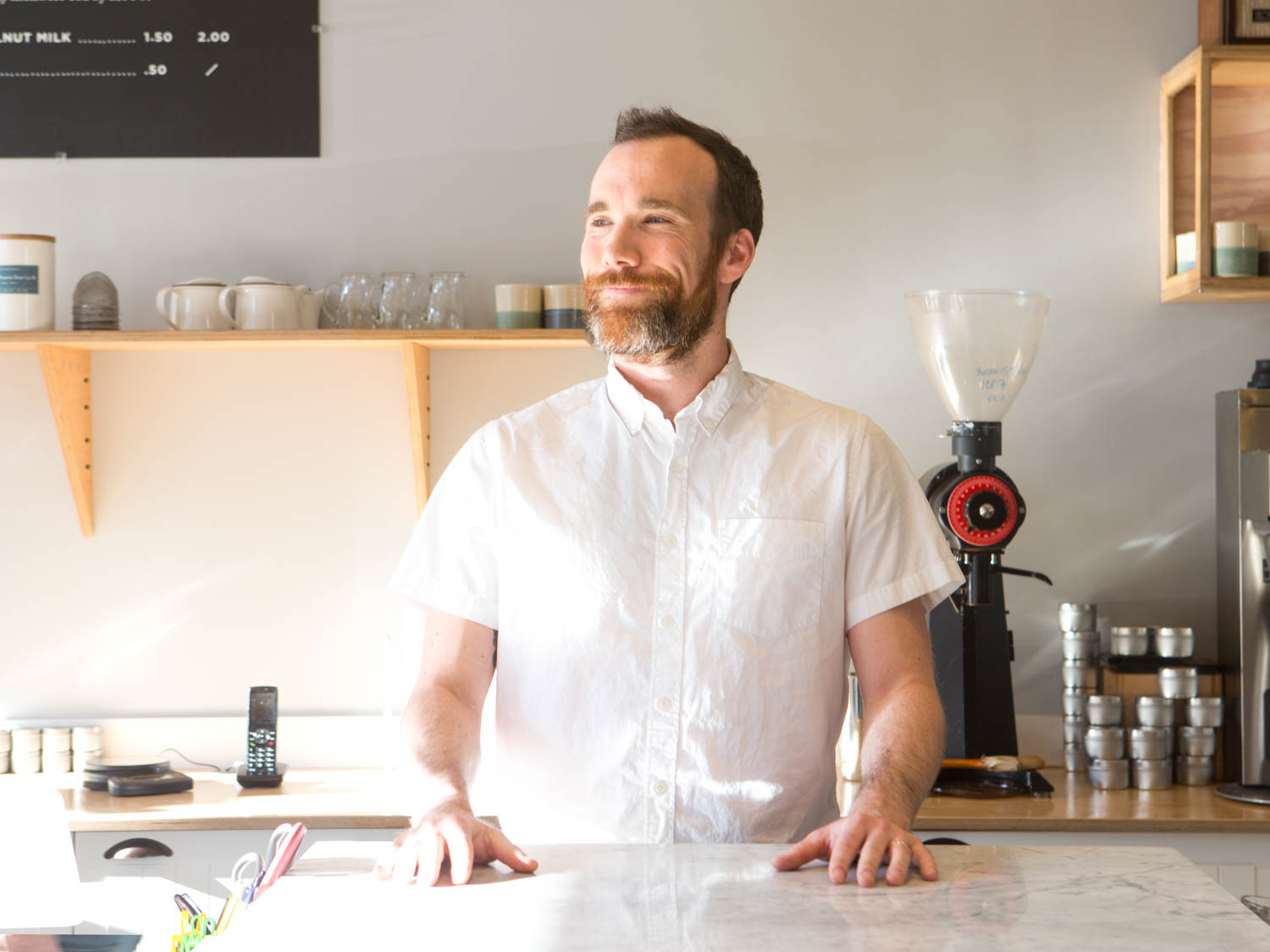
Slate Coffee is the brain baker of the Walker-Watson brothers, Keenan Walker, and their mother, Lisanne. After a baking class, coffee fans decided to turn their hobby into a business. Keenan has always worked in finance and accounting, but he is a dreamer, a real entrepreneur, with 20 ideas at a time, always trying to tame him, and when he learns to bake, he learns to bake at the production level. "said Walker Watson. "when I was Peter's manager and trainer, Keenan came to me and said," my mother and I are starting a coffee company, and I want you to join us. I'm like & # 39; this is crazy! Before the launch, the mother and son traveled along the west coast to Portland and the Gulf to enjoy coffee, visit cafes and bake, and then went to Italy and Berlin. "my brother wants to bake a lighter style, a sweet and delicate coffee. There are not so many styles in the Seattle market. We have room. They serve pourover coffee, but it's also a simple coffee menu: just espresso and some espresso beverage milk. Their espresso is as thick as any, but because Walker's baking style is lighter, it tastes brighter and more delicate than Seattle's dark chocolate espresso. Slate opened the first of three cafes in 2013 on a residential street in the Ballard neighborhood, a humble hut sandwiched between a makeshift villa and the curb, almost larger than the coffee machine it holds. No overhead menu or cash register.
"people expect that kind of service in restaurants or bars, but we already think of coffee as fast food and you wait in line for your name to be called," Walker-Watson said. Walking into the slate was a whole new experience for me: when I walked through the door, the barista behind the bar welcomed me warmly, and the lack of an obvious menu forced me to actually talk to her, the basis of the name of my second visit. And my macchiato is in a kind glass. "if (fast food mode) is your only model, it's hard to improve your taste in coffee, farming or baking, and we want to try a social experiment, a coffee shop where people communicate with each other."
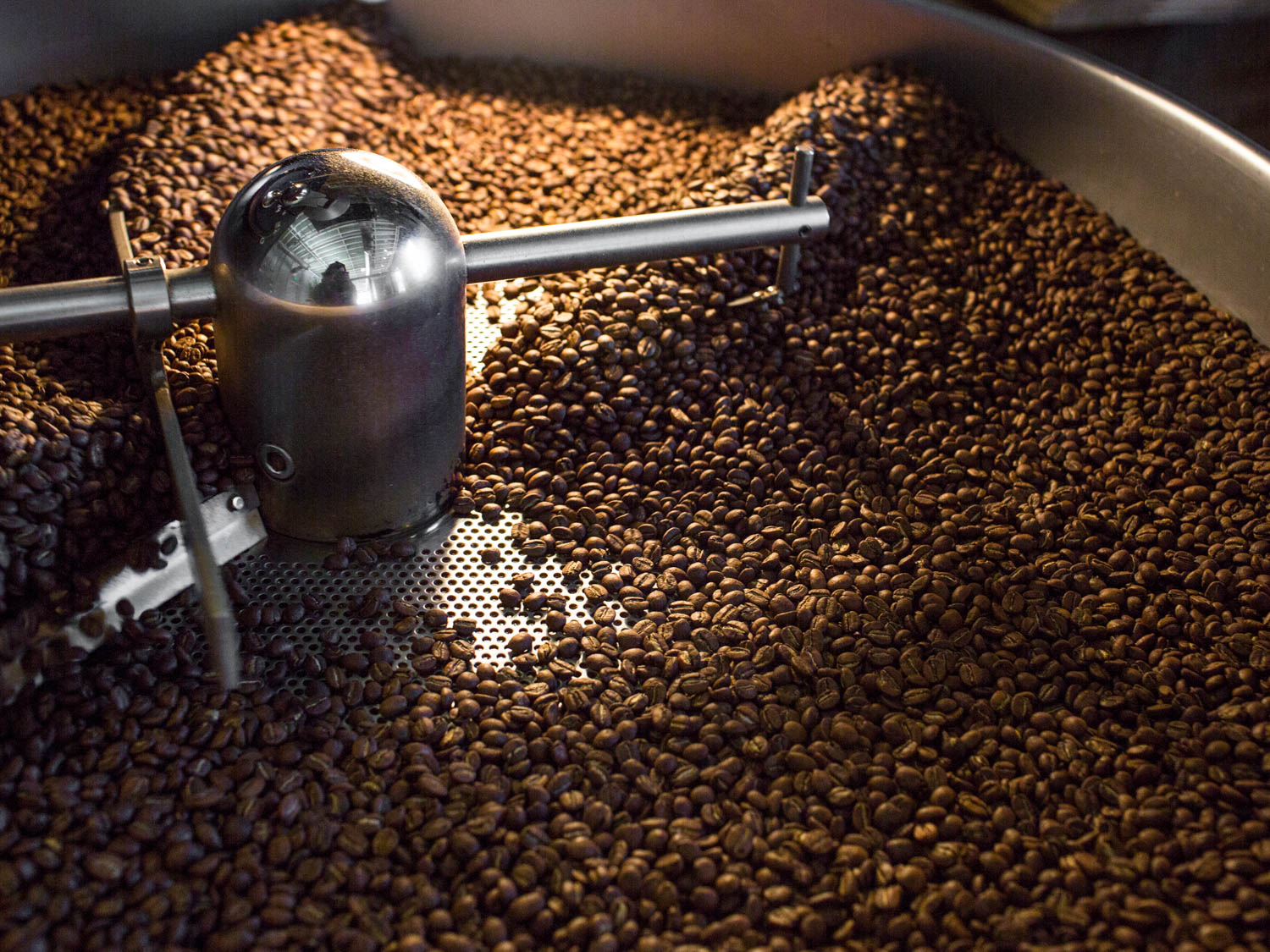
"when we started baking in 2007, we were just trying to show people that coffee has different tastes," said Mark Ba rany, the head and co-owner of Kuma Coffee (and his wife Liz). Its name comes from the dog of the Barany family. "in the first few years, we got a big boost, with the exception of Stumptown, when there was almost no single source of coffee in Seattle, and everyone was mixing. Barany took over the coffee trade as a full-time IT manager, baking half a pound at a time on a cheap table machine and selling the results to friends to prove his continued wit. "We traveled everywhere for coffee," he said. "San Francisco and Portland were so ahead in our race, we were very curious about what we tasted there, and we asked a lot of questions: why does coffee in one place taste different from coffee in other places? Does altitude have anything to do with taste? "
Seattle Native Brendan Mullally turned on the elm coffee roaster, his bright, airy cafe and roastery in the historic Pioneer Square, equally emphasizing the customer experience and wanting to do something simple, lighter, approachable, never sour or botanical. Elm, like Slater, serves espresso and brewed coffee, but Mullally chooses to brew in batches rather than let his customers serve quickly and provide his customers with precise, meticulous cups. "We use a refractometer to measure the extract (the taste of coffee sucks out of the coffee) and the solute (the amount of soluble coffee in coffee, or the concentration of coffee), and we pour it out every 25 minutes if it's not sold," he said. Mullally, seven years after Joe in New York, before Peet's in Seattle got a loan, he broke in through nine banks and asked him to open the elm tree, a name from his wife Emily, an acronym. Recently, some of my most productive weekdays have been smeared on the table by the shop's well-lit front window, but I'm not the only one who's glad Mullally stuck it out. Elm coffee is brewed in restaurants and coffee shops in the famous town of Sqirl in Los Angeles and beyond. Slate's Walker-Watson is excited to watch the peaks to see how Seattle's coffee culture has evolved. "Seattle is young again," she said. I'm not the only one who's glad Mullally stuck it out. Elm coffee is brewed in restaurants and coffee shops in the famous town of Sqirl in Los Angeles and beyond. Slate's Walker-Watson is excited to watch the peaks to see how Seattle's coffee culture has evolved. "Seattle is young again," she said. I'm not the only one who's glad Mullally stuck it out. Elm coffee is brewed in restaurants and coffee shops in the famous town of Sqirl in Los Angeles and beyond. Slate's Walker-Watson is excited to watch the peaks to see how Seattle's coffee culture has evolved. "Seattle is young again," she said.
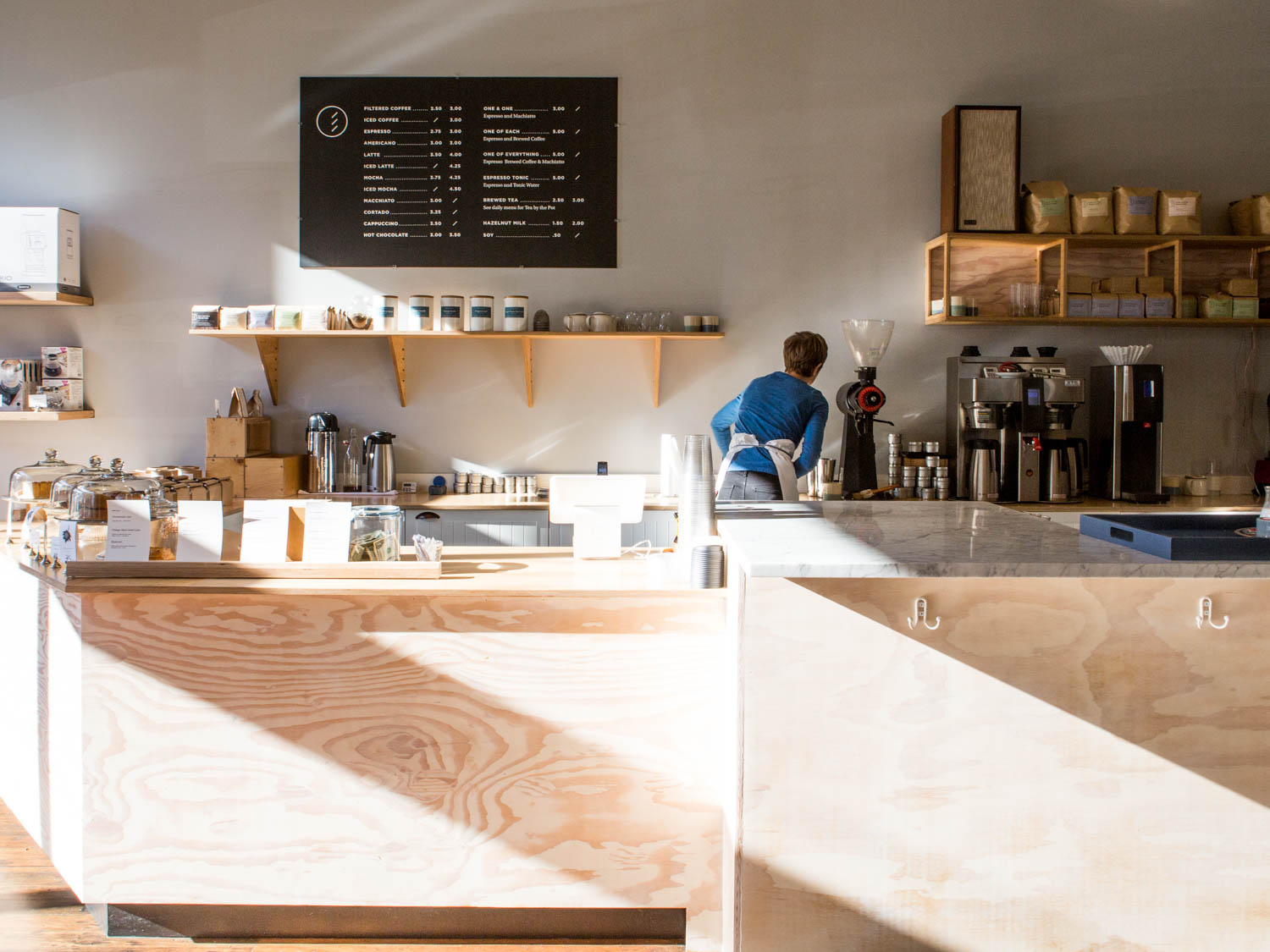
Even though Starbucks is entering the spirit. At the end of 2014, Starbucks opened a reservation pub and tasting room less than 12 blocks from its first location: a 15000-square-foot tavern-playroom, focusing on rare trace coffee brewed from beer, Chemex, French newspapers, siphon, espresso and clover. This is a clear symbol of the entire industry, from the youngest mothers and fashions (or siblings) to established leaders, exploring and expressing coffee in new ways.
"when we started baking, some of us were saying, & # 39; what are you doing? This is a saturated market! So, that was ten years ago, "said Mark Ba Barany of Kumar. He now bakes 10000 pounds of carefully selected coffee a month in Kuma's warehouse near Fisherman's Wharf, taking samples from each batch of roasters. "it's inspiring in Seattle because people get what we want to do," he said. "
Liz added: "here, after we solve these problems, it is unlikely that anyone will pour it on a cream four-stroke mocha."
Important Notice :
前街咖啡 FrontStreet Coffee has moved to new addredd:
FrontStreet Coffee Address: 315,Donghua East Road,GuangZhou
Tel:020 38364473
- Prev

What is the difference between tea and coffee extracted by the same plant after roasting?
Pu'er Tea [Photo: Vicky Wasik] the main difference between where I keep my tea set and where my coffee equipment is located is scale. My coffee cabinet is constantly filled with products-ceramic cones, various grinders, Danish immersed neoprene pans and so on. On the other hand, there are only three tea sets in my tea drawer-one glass jar with a filter, one
- Next

The decline and rise of the coffee economy in Zimbabwe the coffee industry in Zimbabwe is slowly recovering
[photo: Shutterstock] Zimbabwe, a small country about the size of California, is home to some of Africa's richest coffee belts. Here, the conditions for growing coffee beans are perfect: high mountains, lush valleys and a cool climate. This country was once famous for its SHQ coffee, which slowly dries and tastes.
Related
- Beginners will see the "Coffee pull flower" guide!
- What is the difference between ice blog purified milk and ordinary milk coffee?
- Why is the Philippines the largest producer of crops in Liberia?
- For coffee extraction, should the fine powder be retained?
- How does extracted espresso fill pressed powder? How much strength does it take to press the powder?
- How to make jasmine cold extract coffee? Is the jasmine + latte good?
- Will this little toy really make the coffee taste better? How does Lily Drip affect coffee extraction?
- Will the action of slapping the filter cup also affect coffee extraction?
- What's the difference between powder-to-water ratio and powder-to-liquid ratio?
- What is the Ethiopian local species? What does it have to do with Heirloom native species?

